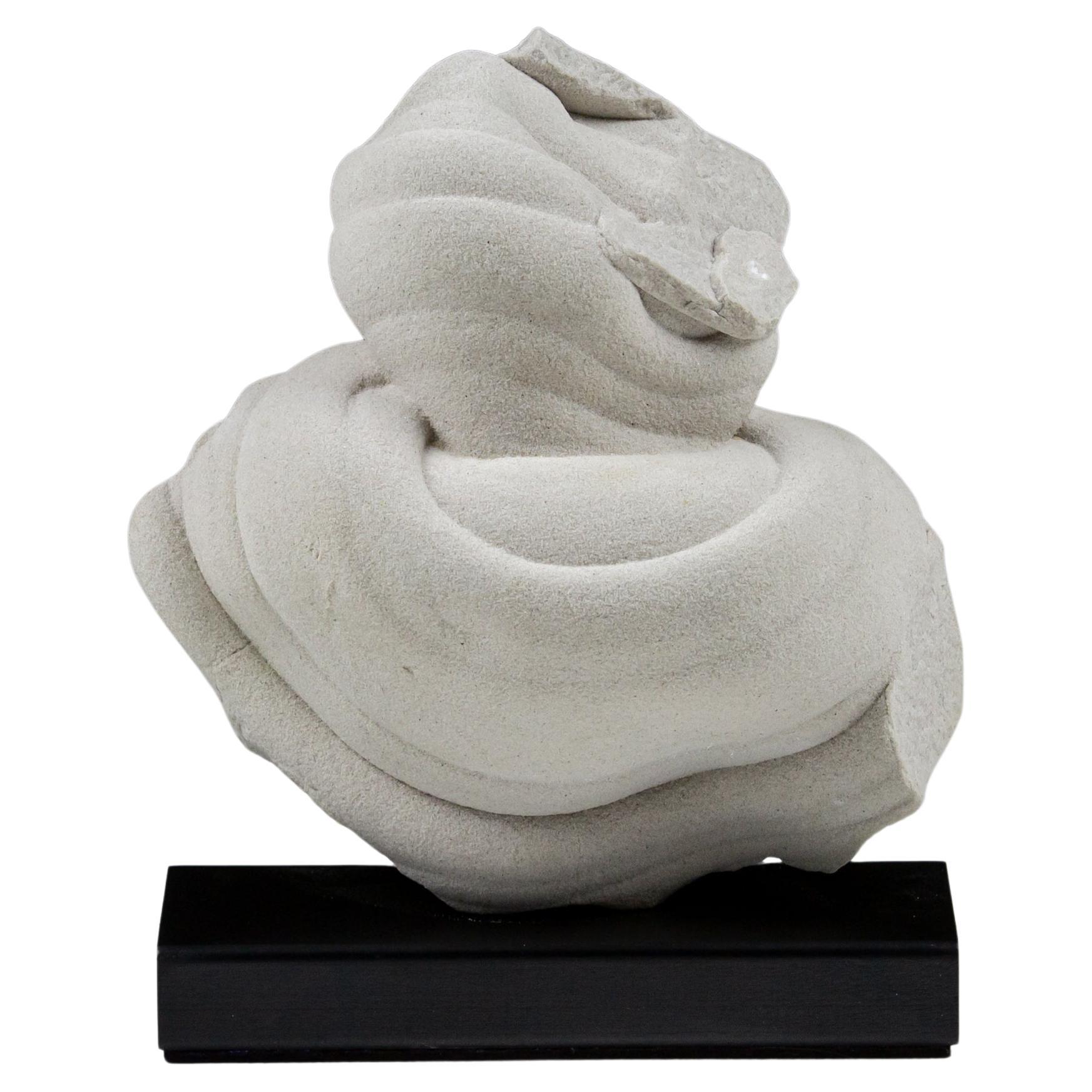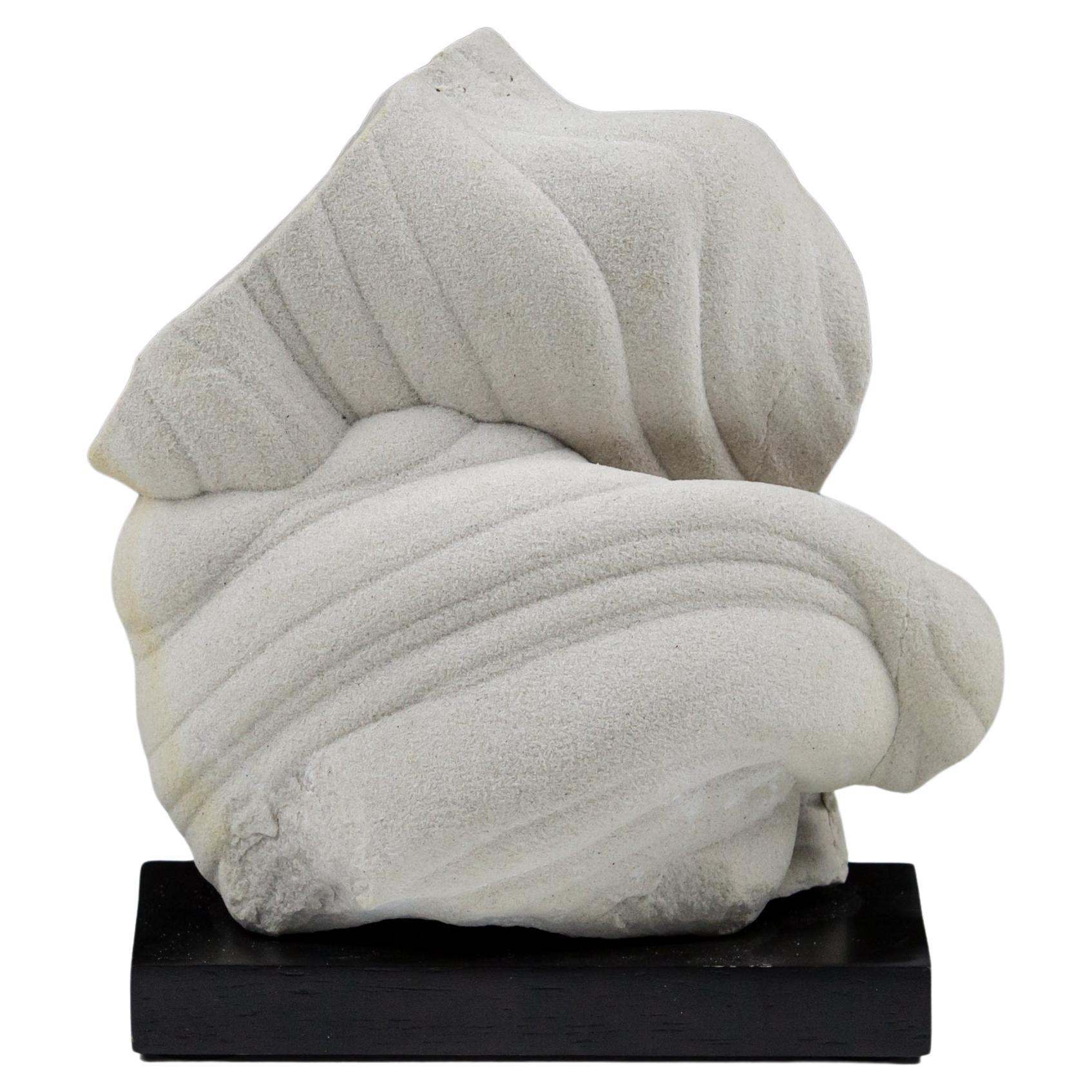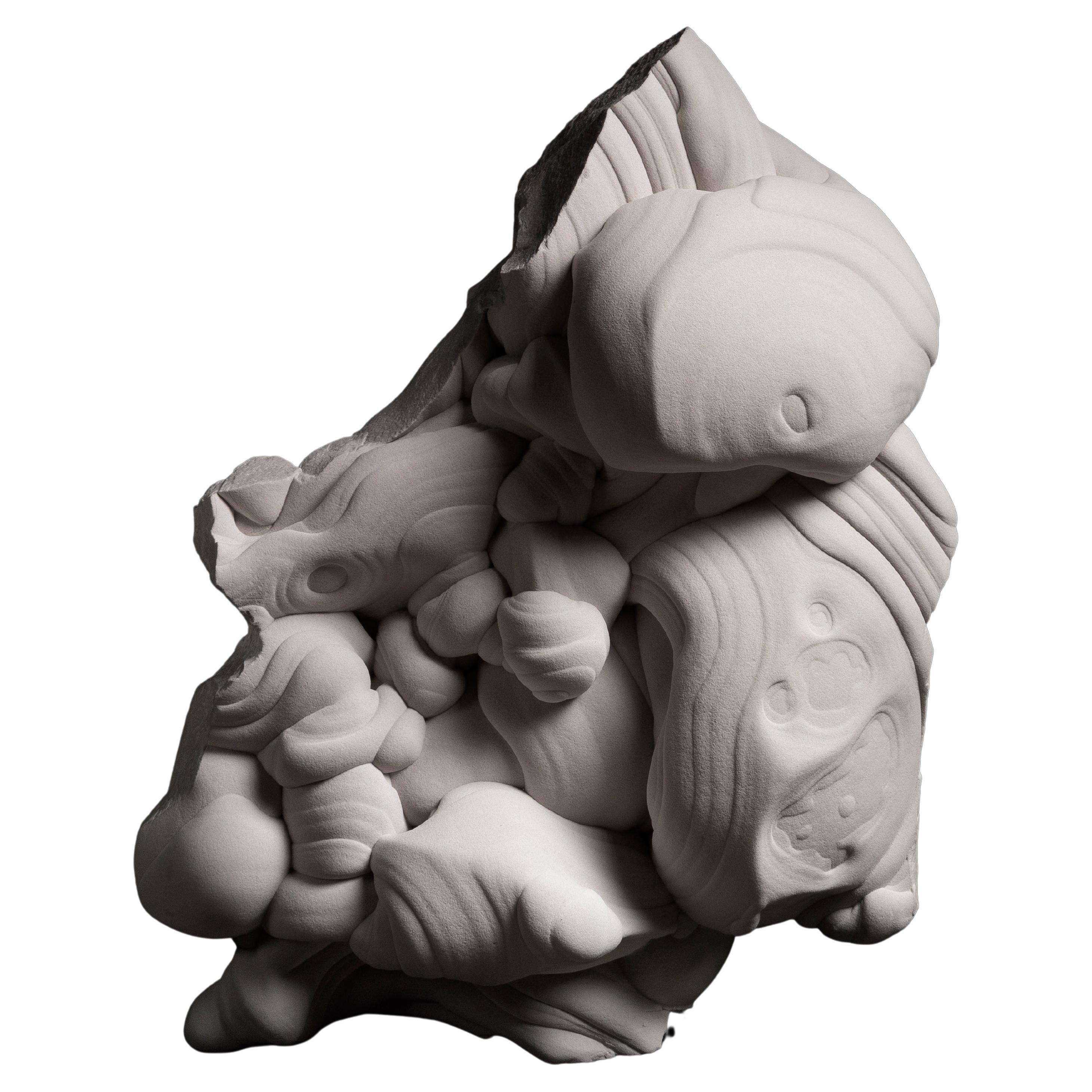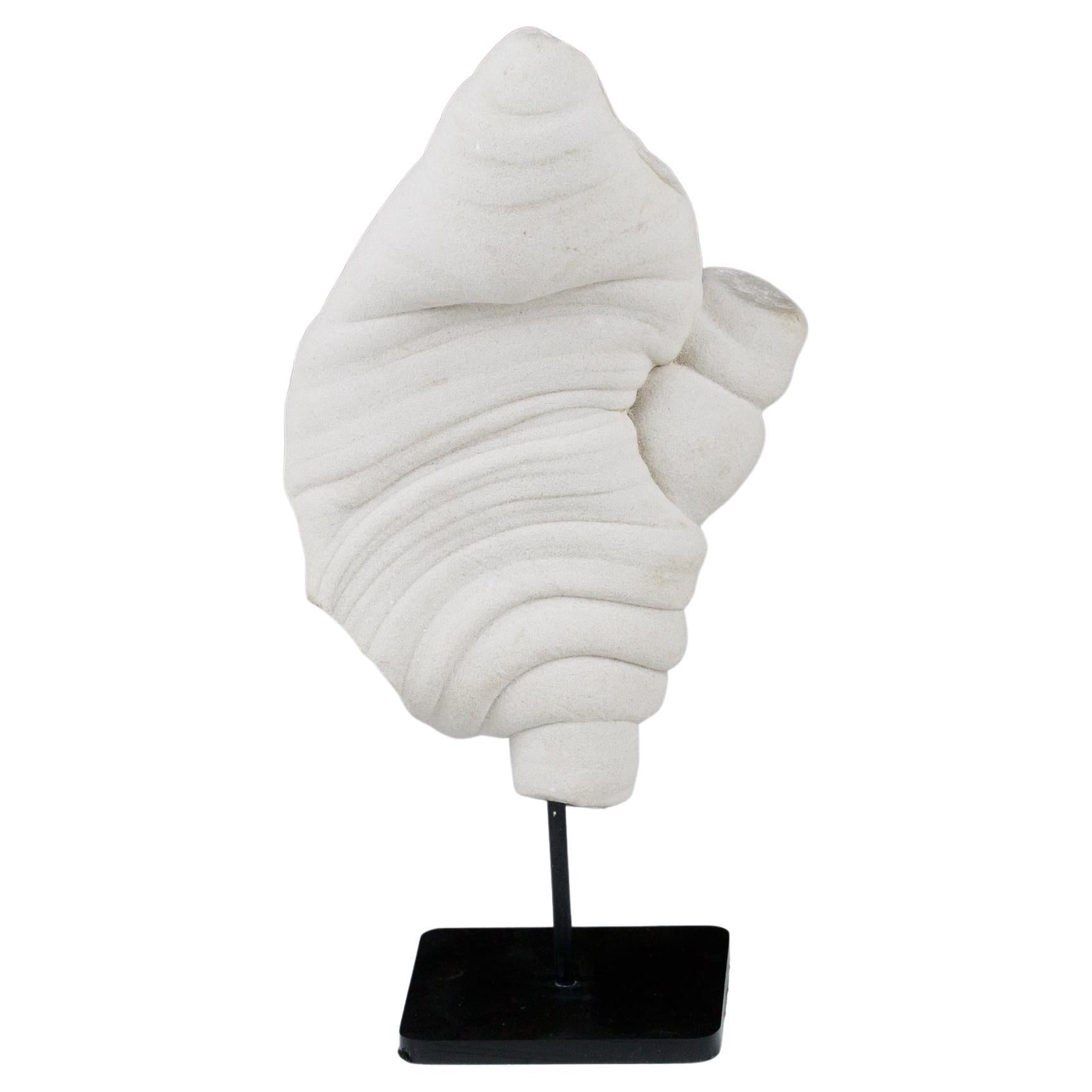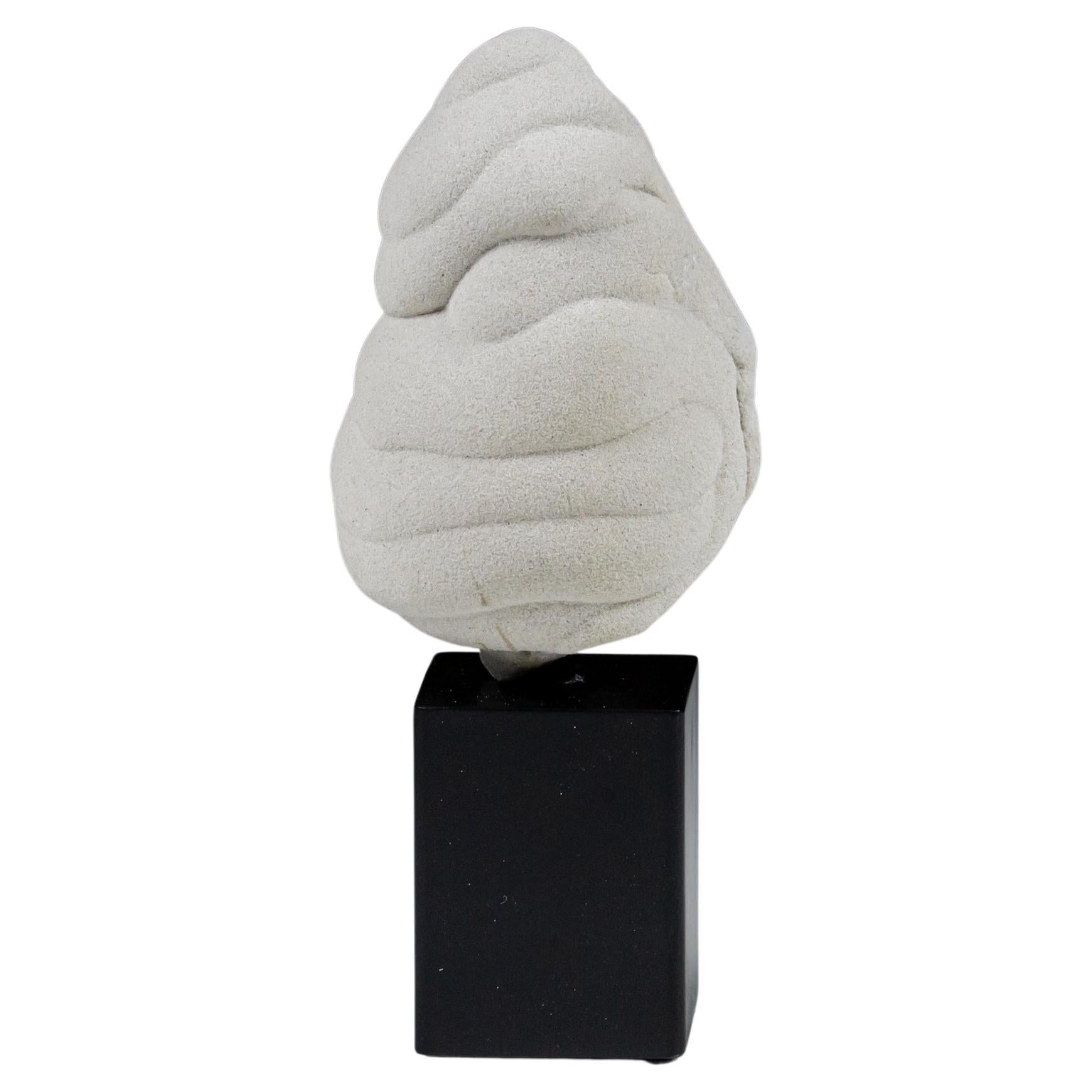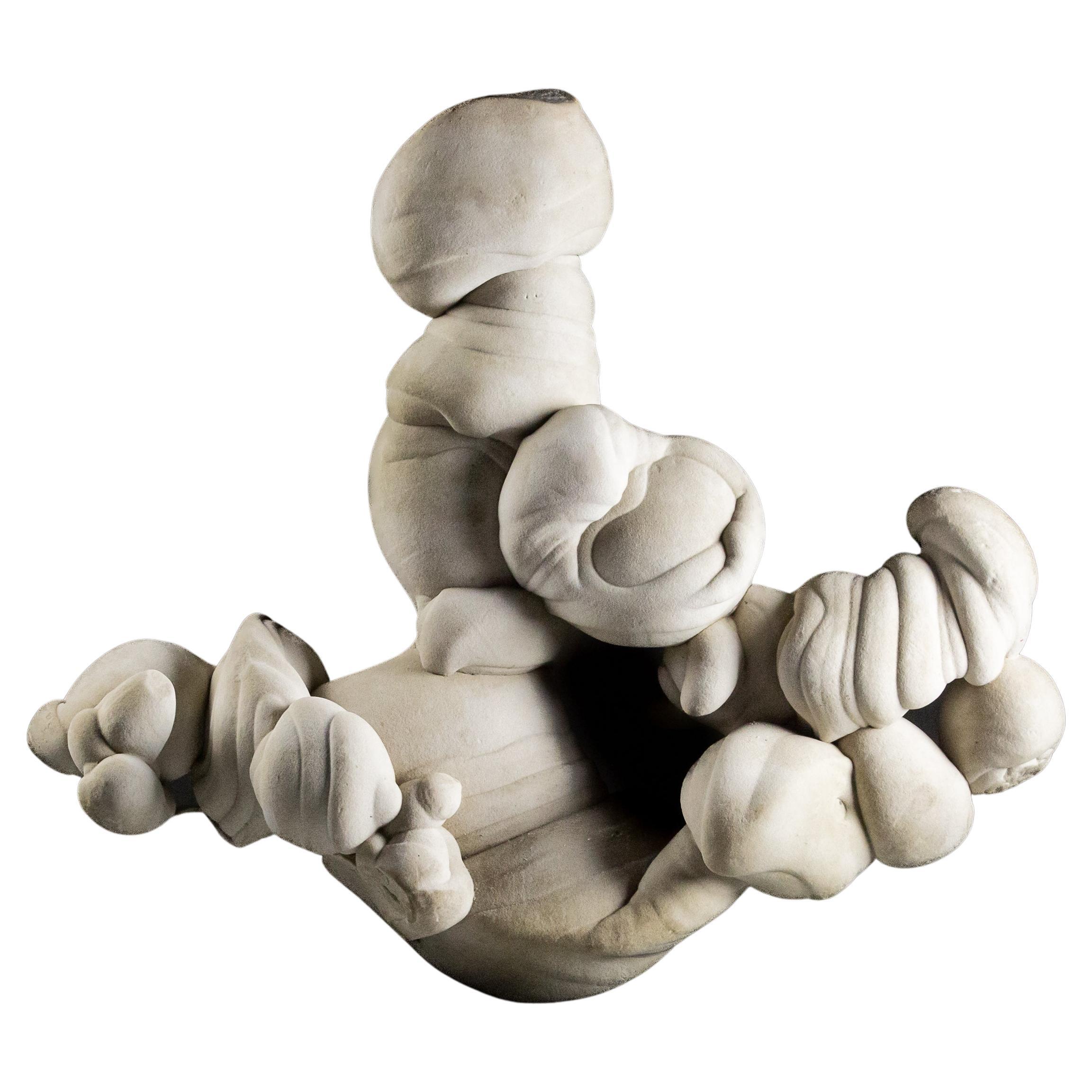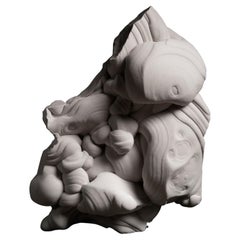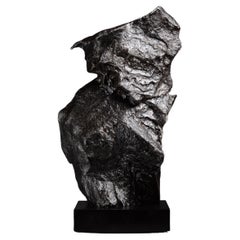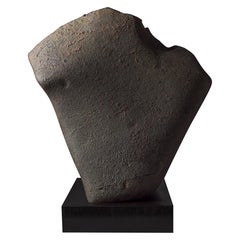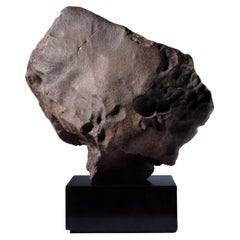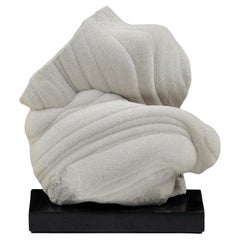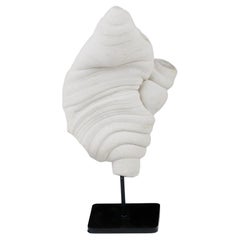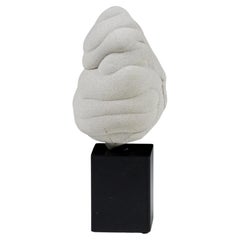Want more images or videos?
Request additional images or videos from the seller
1 of 9
Gogotte Formation
$65,000
£49,118.36
€56,719.65
CA$90,827.69
A$100,780.97
CHF 52,791.24
MX$1,235,845.26
NOK 671,486.40
SEK 633,854.52
DKK 422,994
Shipping
Retrieving quote...The 1stDibs Promise:
Authenticity Guarantee,
Money-Back Guarantee,
24-Hour Cancellation
About the Item
Gogotte formation
circa 30 Million y/o
Measures : 42 x 21 x 63 cm.
A magnificent example of a gogotte formation, composed of thick swirls and folds of sparkling sandstone. Discovered in the Oligocene sand dunes of Fontainebleau, France, formed circa 30 million years before present or later. The incredible, almost otherworldly appearance of gogottes may easily be mistaken for the work of a most talented artist. In fact, these sandstone sculptures are entirely natural in origin. They have been found in multiple locations but those from Fontainebleau, such as the present example, are the most remarkable. Thirty-five million years ago, a sea covered what is now the forest of Fontainebleau, and dunes of exceptionally fine and homogenous sand formed. As silica-rich water filtered through this sand, it turned into stone. The flow of water finely modelled the sandstone into the forms we now know as gogottes. These are rare and are only found sporadically, several metres buried underground. They owe their sparkling white appearance to the extreme and unmatched purity of the Fontainebleau sand, sometimes reaching a composition of 99.9% silica. Each of them is unique – a masterpiece slowly fashioned by the hands of Nature.
The name “gogotte” was coined by French geologist Claude Guillemin (1923- 1994), inspired by the children’s book series Babar the Elephant. In one of the books, a group of monsters called Gogottes are shown hiding behind rocks. These rocks reminded Guillemin of the sandstone sculptures from Fontainbleau, and the name has stuck since. These strange and mysterious specimens have inspired many artists, such as the French surrealists or the English sculptor Henry Moore, who owned his own example. The Sun King himself, Louis XIV, admired these natural artworks and kept them in his gardens at Versailles, where they can still be admired today. Gogottes can also be found in some of the world’s leading natural history museums, notably the Smithsonian Institution, Houston Museum of Natural Science and the Natural History Museum in London.
Provenance:
Found in the sand dunes of Fontainebleau, 1989-1994.
- Dimensions:Height: 16.54 in (42 cm)Width: 8.27 in (21 cm)Depth: 24.81 in (63 cm)
- Materials and Techniques:
- Place of Origin:
- Period:
- Date of Manufacture:circa 30 Million y/o
- Condition:
- Seller Location:London, GB
- Reference Number:Seller: 428091stDibs: LU1052232892722
About the Seller
5.0
Recognized Seller
These prestigious sellers are industry leaders and represent the highest echelon for item quality and design.
Established in 2007
1stDibs seller since 2014
101 sales on 1stDibs
Typical response time: 1 hour
Associations
LAPADA - The Association of Arts & Antiques DealersInternational Confederation of Art and Antique Dealers' AssociationsThe British Antique Dealers' Association
- ShippingRetrieving quote...Shipping from: London, United Kingdom
- Return Policy
Authenticity Guarantee
In the unlikely event there’s an issue with an item’s authenticity, contact us within 1 year for a full refund. DetailsMoney-Back Guarantee
If your item is not as described, is damaged in transit, or does not arrive, contact us within 7 days for a full refund. Details24-Hour Cancellation
You have a 24-hour grace period in which to reconsider your purchase, with no questions asked.Vetted Professional Sellers
Our world-class sellers must adhere to strict standards for service and quality, maintaining the integrity of our listings.Price-Match Guarantee
If you find that a seller listed the same item for a lower price elsewhere, we’ll match it.Trusted Global Delivery
Our best-in-class carrier network provides specialized shipping options worldwide, including custom delivery.More From This Seller
View AllNatural Gogotte Formation
Located in London, GB
A magnificent example of a gogotte formation composed of thick swirls and folds of sparkling sandstone. Discovered in the Oligocene sand dunes of Fontainebleau, France, formed circa 30 million years before present or later.
The incredible, almost otherworldly appearance of gogottes may easily be mistaken for the work of a most talented artist. In fact, these sandstone sculptures are entirely natural in origin. They have been found in multiple locations but those from Fontainebleau, such as the present example, are the most remarkable. Thirty-five million years ago, a sea covered what is now the forest of Fontainebleau, and dunes of exceptionally fine and homogenous sand formed. As silica-rich water filtered through this sand, it turned into stone. The flow of water finely modelled the sandstone into the aesthetic concretions we now know as gogottes. These are rare and are only found sporadically several metres deep into the ground. They owe their sparkling white appearance to the extreme and unmatched purity of the Fontainebleau sand, sometimes reaching a composition of 99.9% silica. Each of them is unique – a masterpiece slowly fashioned by the hands of Nature.
The intriguing name of “gogotte” was coined by French geologist Claude Guillemin (1923- 1994), who was inspired by the children’s book series Babar the Elephant. In one of the books, a group of monsters called Gogottes are shown hiding behind rocks. These rocks reminded Guillemin of the sandstone concretions...
Category
Antique 15th Century and Earlier Natural Specimens
Materials
Other
Sculptural Iron Nickel Meteorite
Located in London, GB
A magnificent and extremely sculptural specimen of the Seymchan meteorite, recovered in the Russian Far East. This rare and large end cut preserves the patinated and partially melted...
Category
Antique 15th Century and Earlier Russian Natural Specimens
Materials
Other
$205,000
Monolithic Stone Meteorite
Located in London, GB
Unclassified Meteorite
Stone
Height: 36.83 cm
42.5 kg
A dramatic extraterrestrial sculpture, of monolithic form, covered in a thick grey-brown fusion crust and with areas of sandy deposits from untold years spent on the desert floor. Formed in the asteroid belt between Mars and Jupiter during the formation of our solar system, some 4.55 billion years ago, this large stone would have been separated from its parent body by an enormous impact before journeying through interplanetary space and eventually reaching Earth.
Upon atmospheric entry it would have reached cosmic velocity, heating the surrounding air to 1700°C and producing a large ball of fire. The heat was sufficient to melt the outer surface of the stone, exposing a new surface which in turn also melted away, losing as much as 95% of its initial mass before reaching the ground. The last molten layer to form as it collided with the Earth covered the stone in a layer of fusion crust, evidence of the incredible impact force delivered by this extraordinary specimen.
“This unclassified stone meteorite was found in Northwest Africa. It has a relatively smooth, dark brown, slightly weathered fusion crust; some small melt veins are visible on the surface. Due to the near-absence of terrestrial rocks in this region of the Sahara, meteorite hunting in this area has yielded many notable discoveries.”
Dr Alan E. Rubin, PhD Department of Earth, Planetary, and Space Sciences...
Category
Antique 15th Century and Earlier North African Natural Specimens
Materials
Stone
Sculptural Oriented Meteorite
Located in London, GB
Oriented Chondrite Meteorite Circa 4.56 Billion y/o
Chondrite
24 x 20 cm, 28 cm tall on base
7.1 kg
A sculptural and beautifully weathered chondrite meteorite; upon entering the atmosphere, this extraterrestrial stone would have heated the surrounding air to a temperature of over 1700 C, higher than that of the hottest lava on the planet, and enough to melt away its outer layers, leaving its surface rippled with regmaglypts, thumb-shaped impressions formed as superheated rock streaked off of the main body as it careened toward the earth. The last layer of the rock to melt would have re-solidified as the meteorite made impact, forming a charcoal coloured fusion crust, which has taken on a deep ochre-tinted patina.
Chondrite meteorites such as this example were formed at the very beginning of our solar system, by the accretion of various types of dust and small grains, adrift in the vacuum of space and, as such, provide important clues about the birth of our own planet. This piece is an especially rare specimen, known as an oriented meteorite...
Category
Antique 15th Century and Earlier Natural Specimens
Materials
Stone
Large Sculptural Iron Meteorite
Located in London, GB
Stony-iron, pallasite - PMG
Circa 4.5 Billion y/o
Weight: 34.68 kg
Height (including base): 53 cm
Width: 29 cm
A magnificent and extremely sculptural specimen of the Seymchan meteor...
Category
Antique 15th Century and Earlier Natural Specimens
Materials
Iron
Oriented Stone Meteorite
Located in London, GB
Oriented Stone Meteorite
Chondrite
5.00 kg
Detached from its parent body by a mighty impact, this large, oriented Meteorite travelled over a hu...
Category
Antique 15th Century and Earlier North African Natural Specimens
Materials
Stone
You May Also Like
Natural Gogotte Specimen Formation
Located in Pease pottage, West Sussex
A Gogotte Formation
Of natural form, dating from the Oligocene period (30 Million years ago). Beguiling natural mineral formation, they are the result of calcium carbonate binding w...
Category
Antique 15th Century and Earlier French Natural Specimens
Materials
Stone
Natural Gogotte Specimen Formation
Located in Pease pottage, West Sussex
A Gogotte Formation
Of natural form, dating from the Oligocene period (30 Million years ago). Beguiling natural mineral formation, they are the result of calcium carbonate binding w...
Category
Antique 15th Century and Earlier French Natural Specimens
Materials
Stone
A Gogotte Formation
Located in Pease pottage, West Sussex
A Gogotte Formation - The Hand Fontainbleau, France Oligocene Period Measurement Inc Stand. Gogottes are beautiful and beguiling mineral formations. They are rare and entirely natura...
Category
Antique 15th Century and Earlier French Natural Specimens
Materials
Stone
$3,992
Natural Gogotte Specimen Formation
Located in Pease pottage, West Sussex
A Gogotte Formation
Of natural form, dating from the Oligocene period (30 Million years ago). Beguiling natural mineral formation, they are the result of calcium carbonate binding w...
Category
Antique 15th Century and Earlier French Natural Specimens
Materials
Stone
Large Natural Gogotte Formation
Located in Pease pottage, West Sussex
A Gogotte Formation
Of natural form, dating from the Oligocene period (30 Million years ago). Beguiling natural mineral formation, they are the result of calcium carbonate binding w...
Category
Antique 15th Century and Earlier French Natural Specimens
Materials
Stone
Natural Gogotte Specimen Formation
Located in Pease pottage, West Sussex
A Gogotte Formation
Of natural form, dating from the Oligocene period (30 Million years ago). Beguiling natural mineral formation, they are the result of calcium carbonate binding w...
Category
Antique 15th Century and Earlier Natural Specimens
Materials
Stone
More Ways To Browse
Sea Monster
English Watering Can
Water Filter
Antique Water Filter
15th Century English Furniture
Stone Elephant Sculpture Stone
Versailles Book
Elephant Coin
15th Century Coins
Sandstone Elephant
Stone Water Filter
Gogotte Formation
Sandstone Gogotte
Henry Moore Elephant
Sculptural Vanity
Vintage Decorative Coral
Coral On Stand
Large Geode Sculpture
